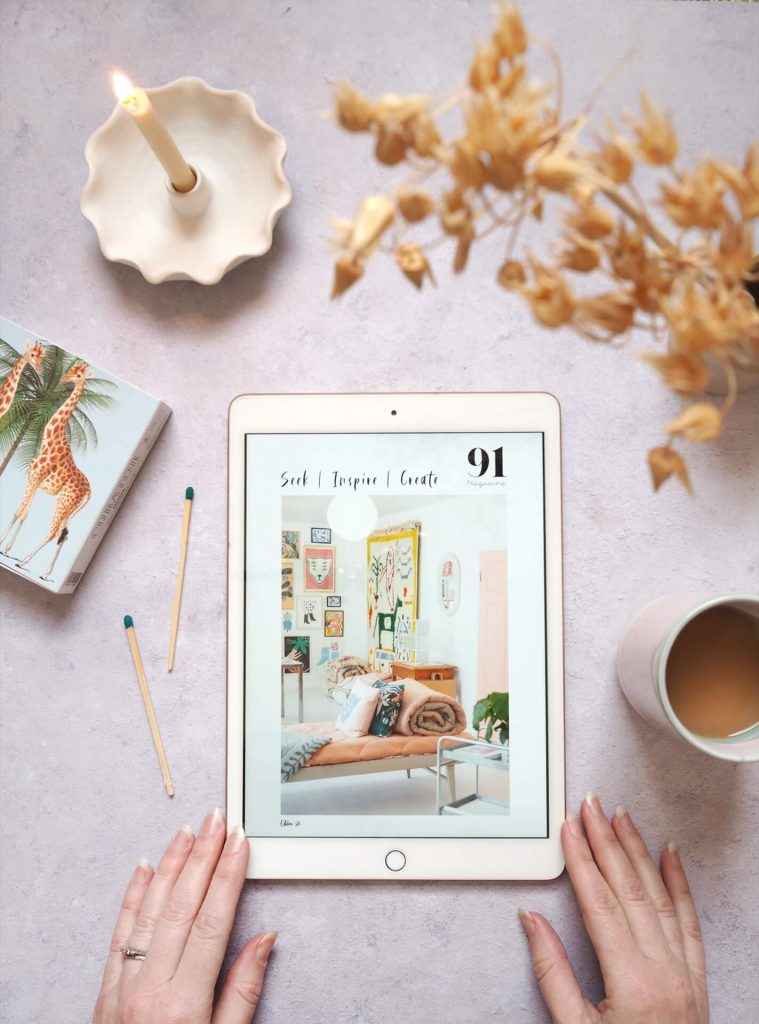The majority of houseplants go into what is essentially a dormant state in winter due to the temperature drop, so naturally won’t grow as quickly as they would in warmer months. Resist the temptation to overlook them during this time though! They still need regular TLC, we just need to adjust the way we care for them slightly.
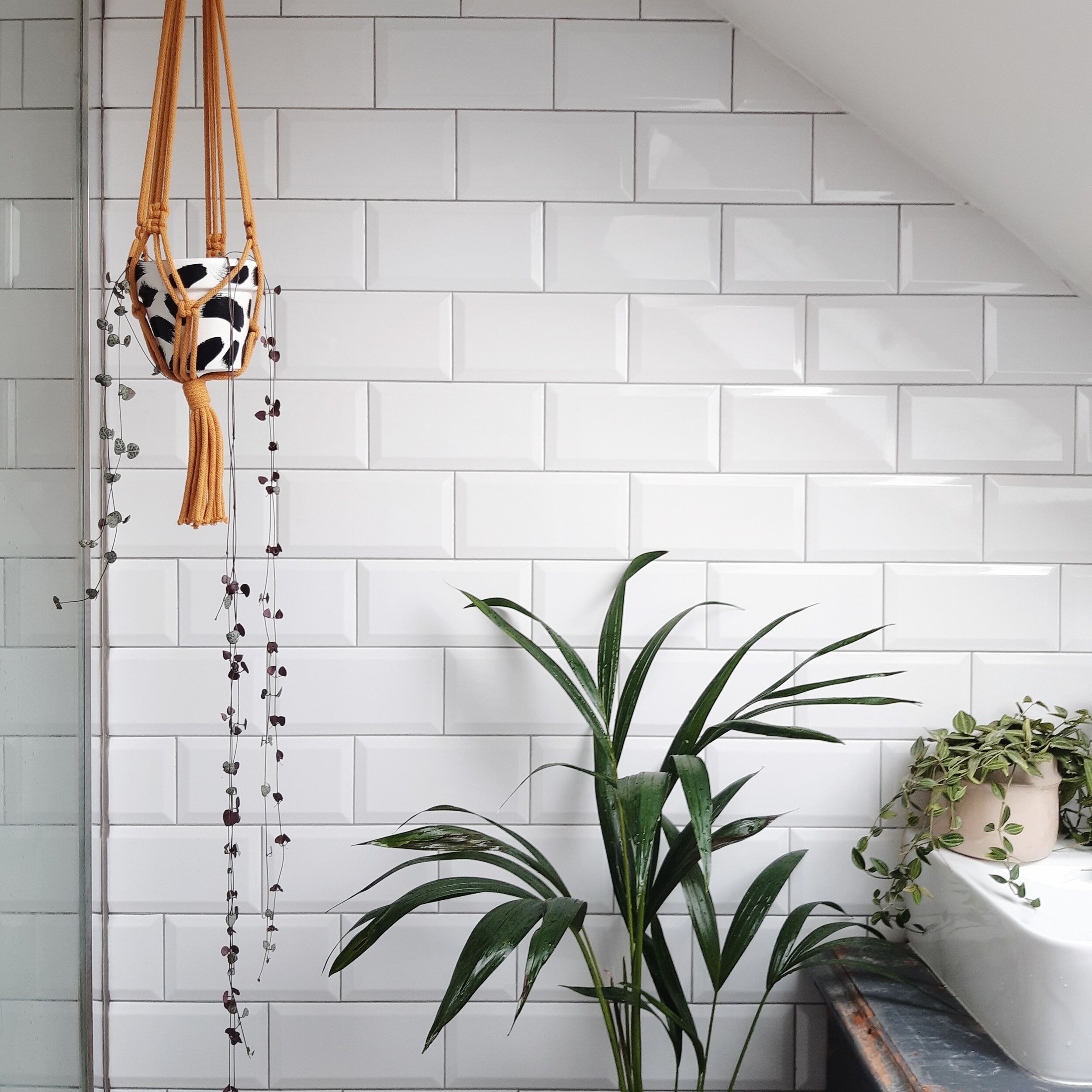
1. LESS WATER – BUT DON’T FORGET THEM COMPLETELY!
The dormant winter months mean your plants will require less water. That said, factors such as central heating can dry them out. Prod the soil with your finger and if the top two inches are dry, your plant will want a drink.
Obviously this is very general and different types of houseplants have different needs, so it’s always a good idea to look up your plant’s natural habitat and try as best as you can to mimic this environment. For example, rainforest plants are happiest somewhere with high humidity like a bathroom and desert plants prefer a dry, warm spot.
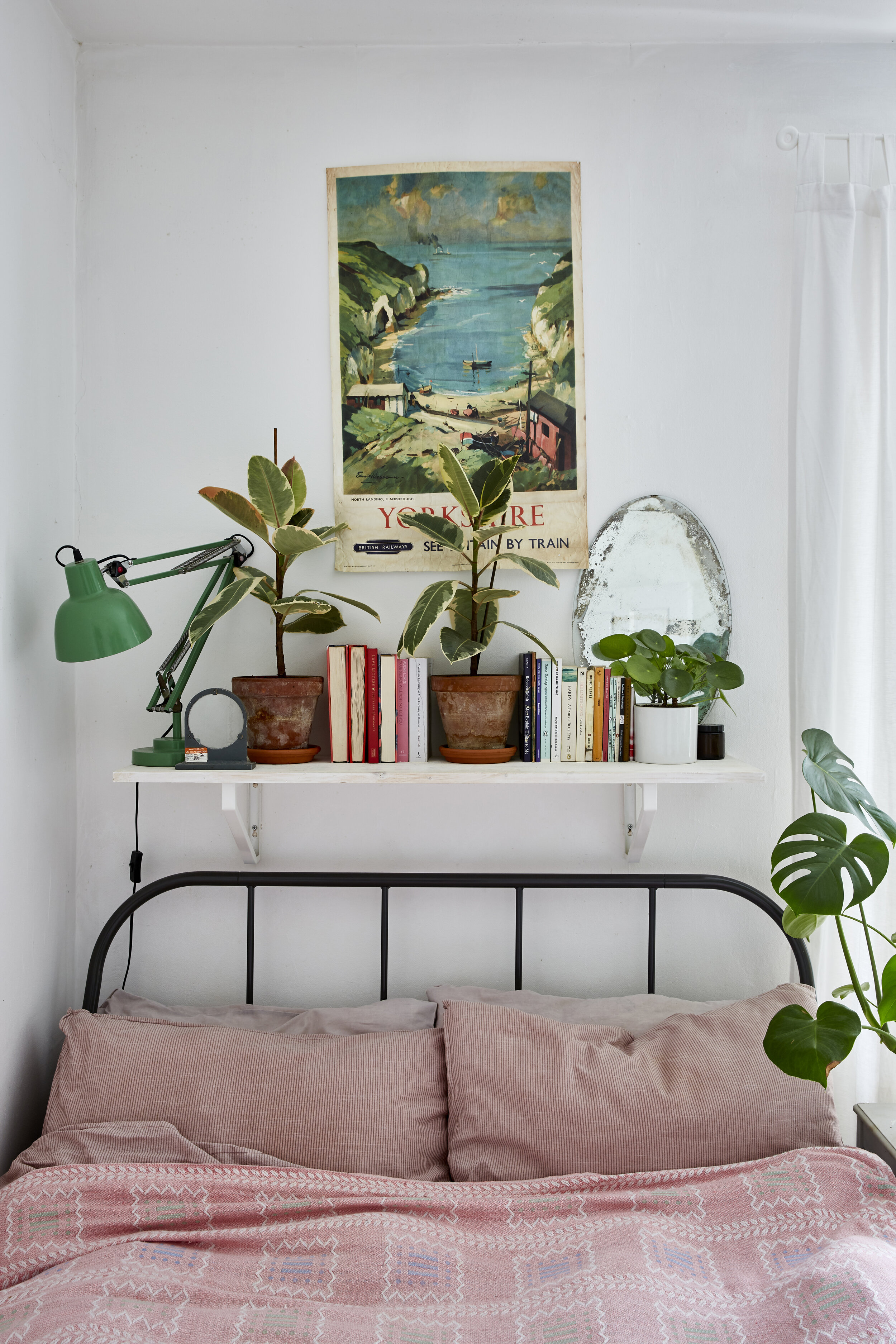
2. AVOID SUDDEN TEMPERATURE CHANGES
Plants are sensitive souls so any sudden temperature change can send them into shock. Consider moving particularly delicate plants away from draughty spots and off window sills that get cold at night. You will also want to avoid placing them right next to a radiator!
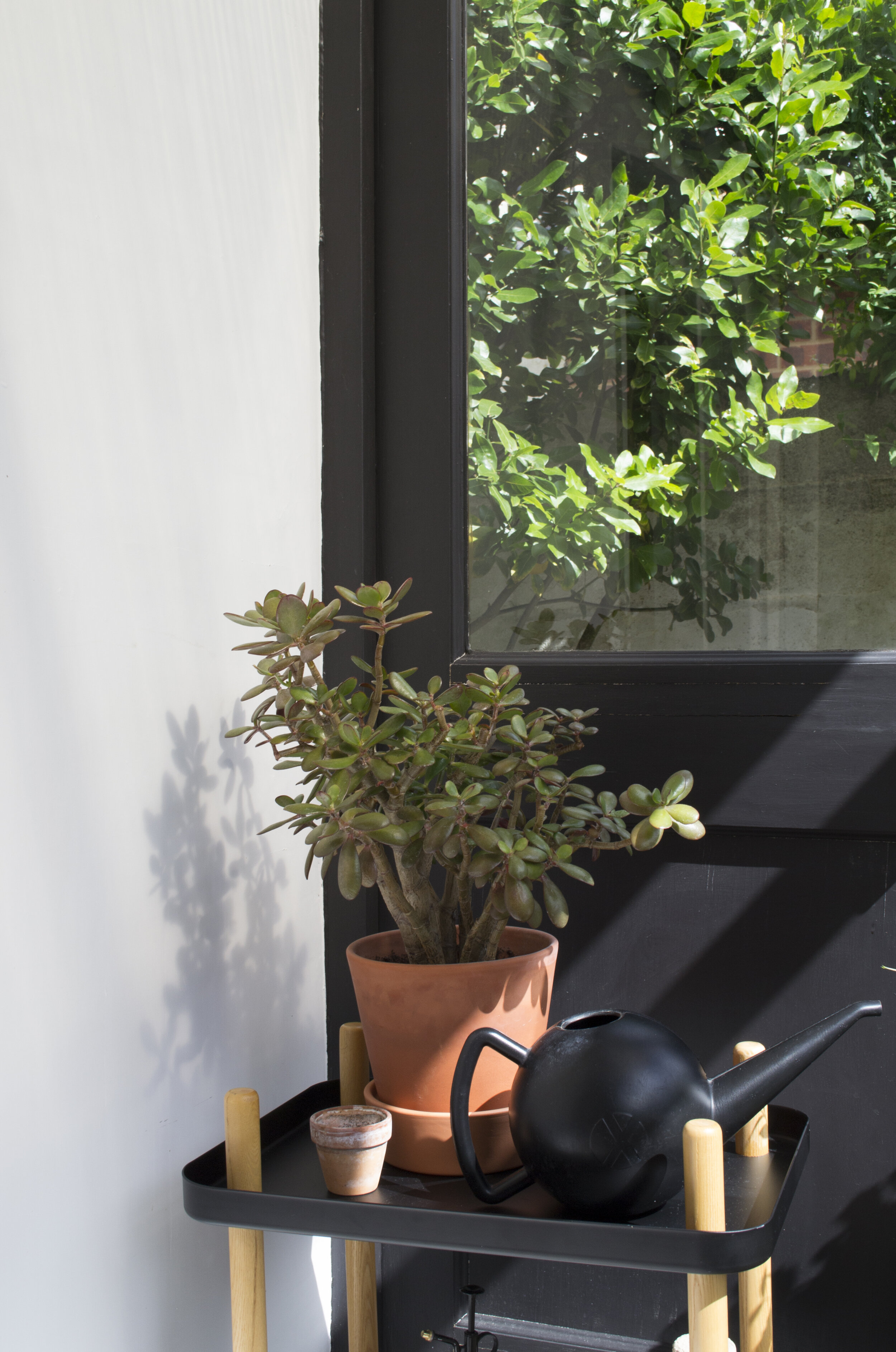
3. WATER WITH TEPID WATER
Using tepid water rather than cold when giving them a drink will also help to regulate their temperature. Icy cold water from your tap in the depths of winter can shock and harm your plant! If you can, collect rainwater and bring it to room temperature to water your plants. Alternatively keep a jug of tap water on the side for a day before watering, this will allow any of the salts present in tap water to settle at the bottom of the jug and any chlorine to evaporate.
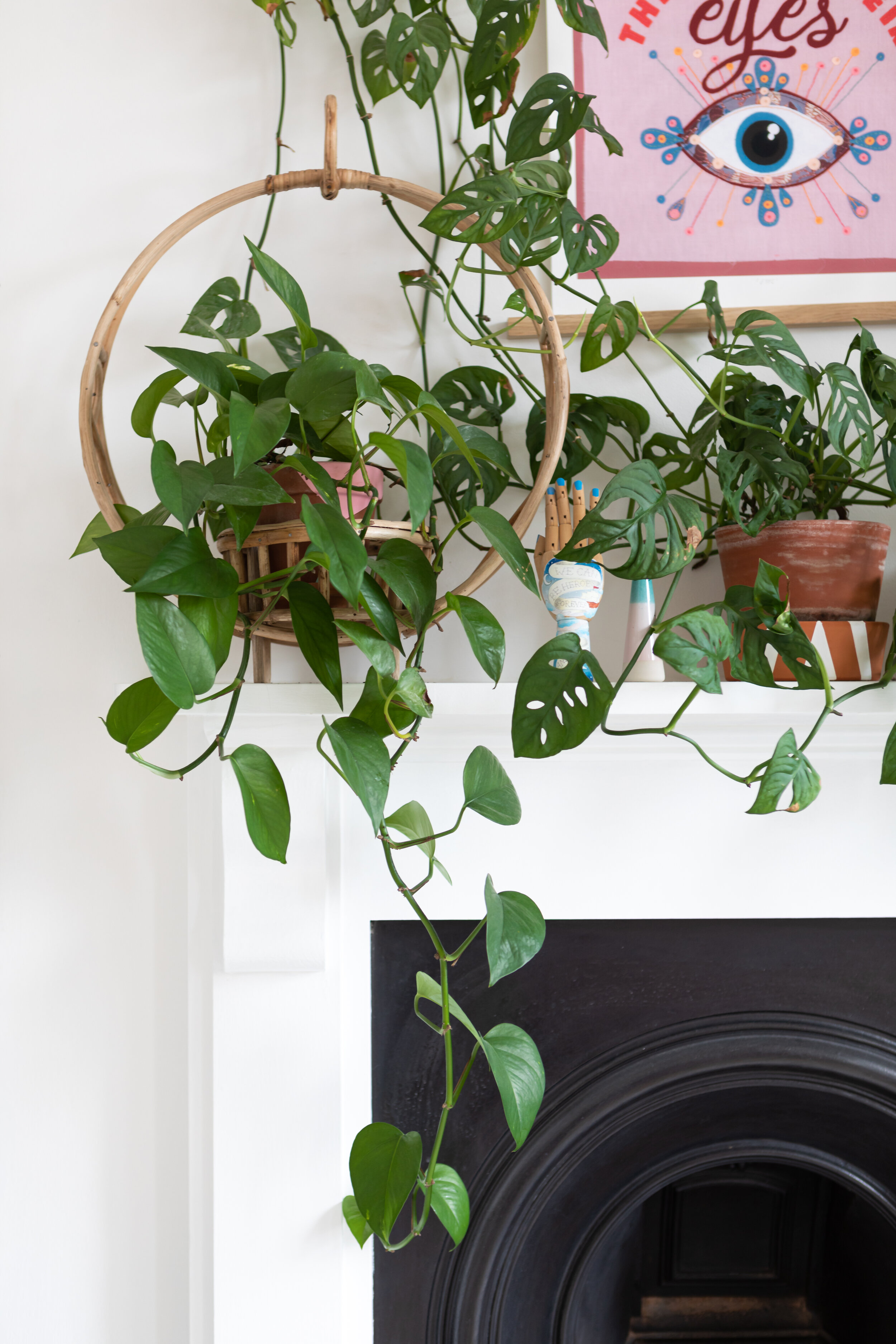
4. DUST YOUR PLANTS REGULARLY
Our homes tend to collect more dust during winter due to the dry air caused by central heating and the fact that we’re generally inside more. Be sure to dust your plant’s leaves with a damp cloth, particularly those with a larger leaf span. This will enable them to make maximum use of available light and photosynthesise, meaning they’ll be happier and healthier with more growth.
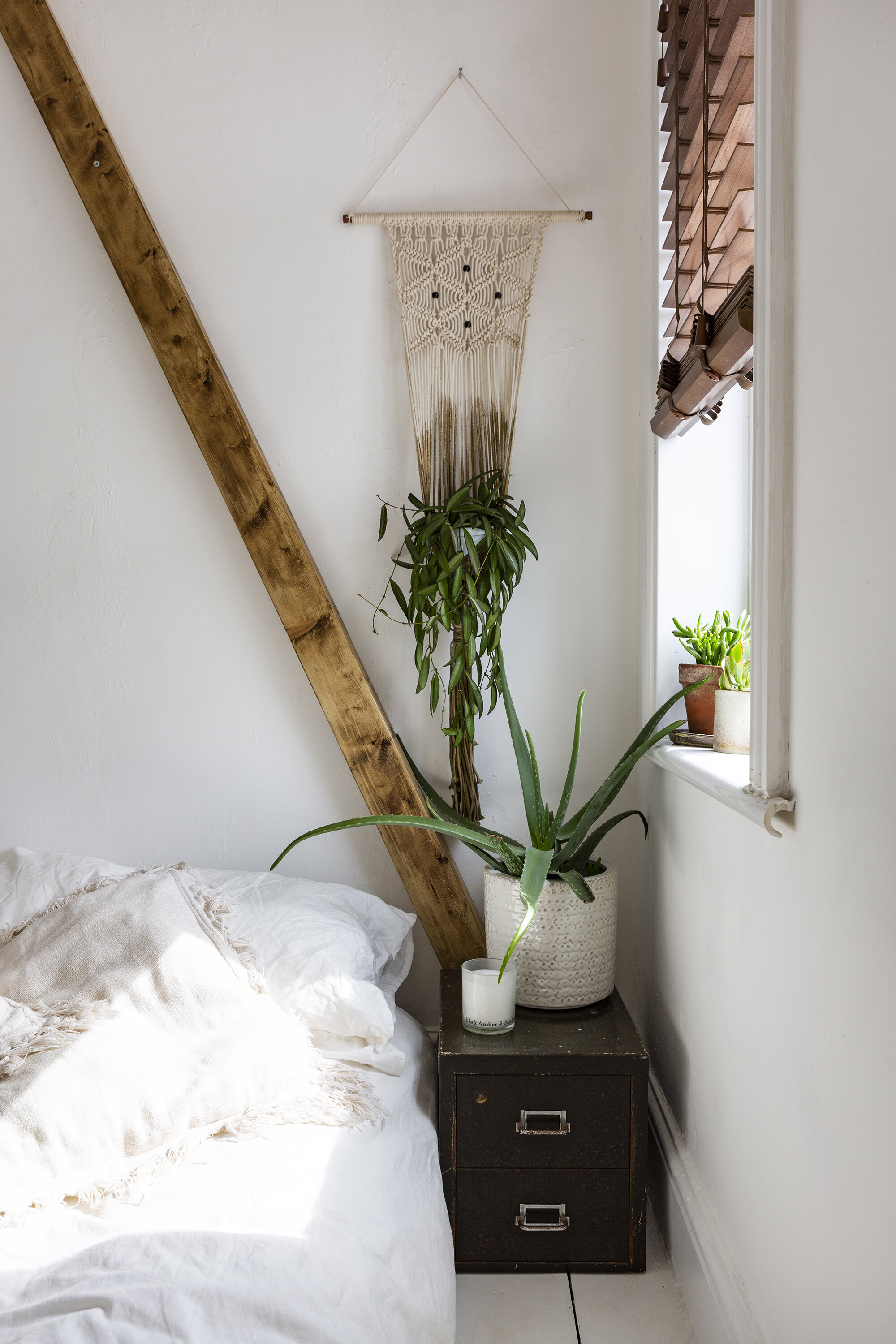
5. ENSURE THEY GET ENOUGH LIGHT
The majority of houseplants love bright, indirect sunlight which can be hard to provide in the darker months. If you can, move your plants closer to windows (unless particularly draughty) this will allow them to absorb more light during the shorter days. Alternatively you can use LED grow lights and light bulbs, these are great if you have a particularly dark corner you want to inject some plant life into.
BAM Botanics specialise in low maintenance, hardy botanical babes that suit a busy urban lifestyle. View their website to find some easy care options for beginners:






